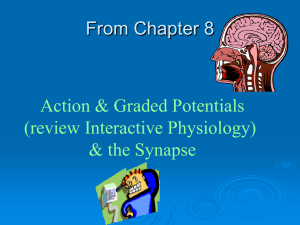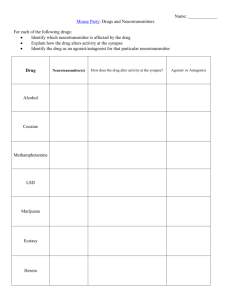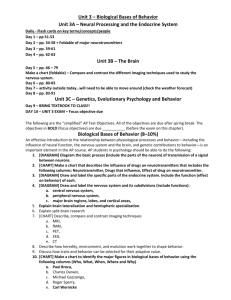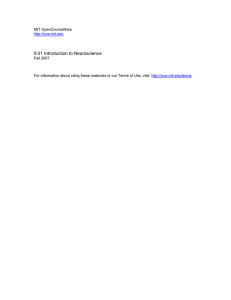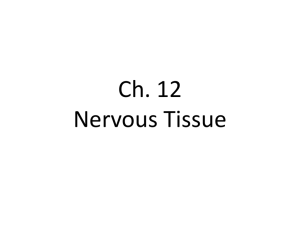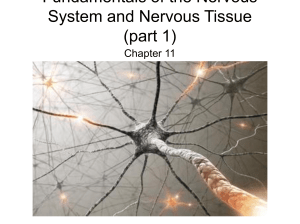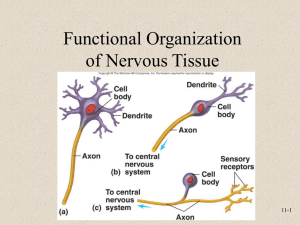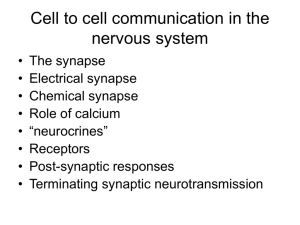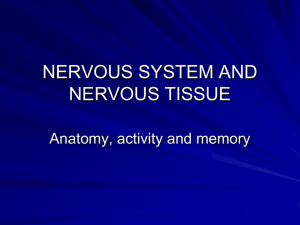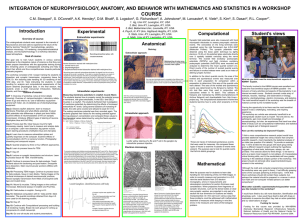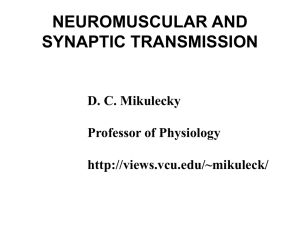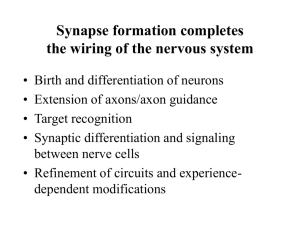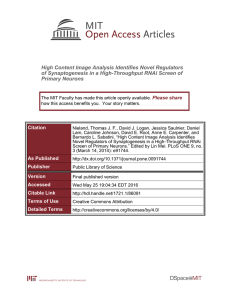Reviews for Final Exam
advertisement
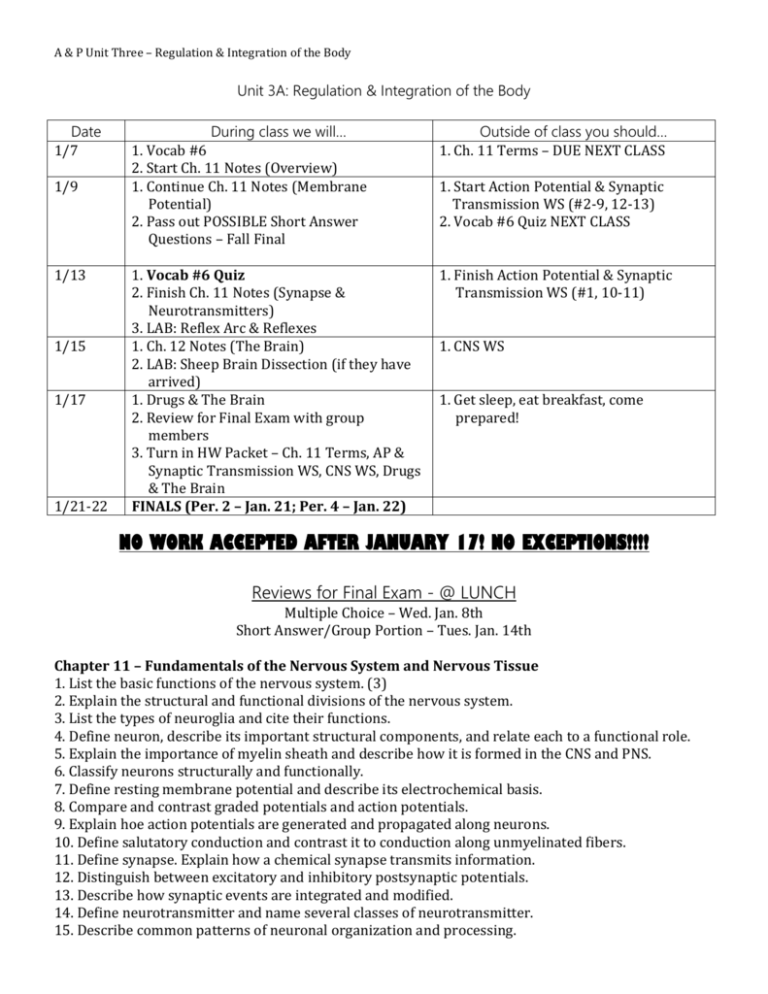
A & P Unit Three – Regulation & Integration of the Body Unit 3A: Regulation & Integration of the Body Date 1/7 1/9 1/13 1/15 1/17 1/21-22 During class we will… 1. Vocab #6 2. Start Ch. 11 Notes (Overview) 1. Continue Ch. 11 Notes (Membrane Potential) 2. Pass out POSSIBLE Short Answer Questions – Fall Final Outside of class you should… 1. Ch. 11 Terms – DUE NEXT CLASS 1. Vocab #6 Quiz 2. Finish Ch. 11 Notes (Synapse & Neurotransmitters) 3. LAB: Reflex Arc & Reflexes 1. Ch. 12 Notes (The Brain) 2. LAB: Sheep Brain Dissection (if they have arrived) 1. Drugs & The Brain 2. Review for Final Exam with group members 3. Turn in HW Packet – Ch. 11 Terms, AP & Synaptic Transmission WS, CNS WS, Drugs & The Brain FINALS (Per. 2 – Jan. 21; Per. 4 – Jan. 22) 1. Finish Action Potential & Synaptic Transmission WS (#1, 10-11) 1. Start Action Potential & Synaptic Transmission WS (#2-9, 12-13) 2. Vocab #6 Quiz NEXT CLASS 1. CNS WS 1. Get sleep, eat breakfast, come prepared! NO WORK ACCEPTED AFTER JANUARY 17! NO EXCEPTIONS!!!! Reviews for Final Exam - @ LUNCH Multiple Choice – Wed. Jan. 8th Short Answer/Group Portion – Tues. Jan. 14th Chapter 11 – Fundamentals of the Nervous System and Nervous Tissue 1. List the basic functions of the nervous system. (3) 2. Explain the structural and functional divisions of the nervous system. 3. List the types of neuroglia and cite their functions. 4. Define neuron, describe its important structural components, and relate each to a functional role. 5. Explain the importance of myelin sheath and describe how it is formed in the CNS and PNS. 6. Classify neurons structurally and functionally. 7. Define resting membrane potential and describe its electrochemical basis. 8. Compare and contrast graded potentials and action potentials. 9. Explain hoe action potentials are generated and propagated along neurons. 10. Define salutatory conduction and contrast it to conduction along unmyelinated fibers. 11. Define synapse. Explain how a chemical synapse transmits information. 12. Distinguish between excitatory and inhibitory postsynaptic potentials. 13. Describe how synaptic events are integrated and modified. 14. Define neurotransmitter and name several classes of neurotransmitter. 15. Describe common patterns of neuronal organization and processing. A & P Unit Three – Regulation & Integration of the Body 16. Distinguish between serial and parallel processing. 17. Name two neurotransmitters affected by drug use. 18. Describe three ways to break the cycle of addiction. Chapter 11 Terms 1. neuron 2. neuroglia 3. dendrite 4. axon 5. myelin sheath 6. potential difference 7. resting membrane potential 8. graded potentials 9. action potential 10. propagated 11. synapse 12. neurotransmitter 13. reflexes Chapter 11 Suggested Reading: pp. 386-423, 414-415 Chapter 12 – The Central Nervous System 1. List the major lobes, fissures, and functional areas of the cerebral cortex. 2. Describe the general function of the basal nuclei (basal ganglia). 3. Describe the location of the diencephalon, and name its subdivisions and functions. 4. Identify the three major regions of the brain stem, and note the functions of each area. 5. Describe the structure and function of the cerebellum. Chapter 12 Suggested Reading: pp. 449 (Table 12.1), various diagrams


